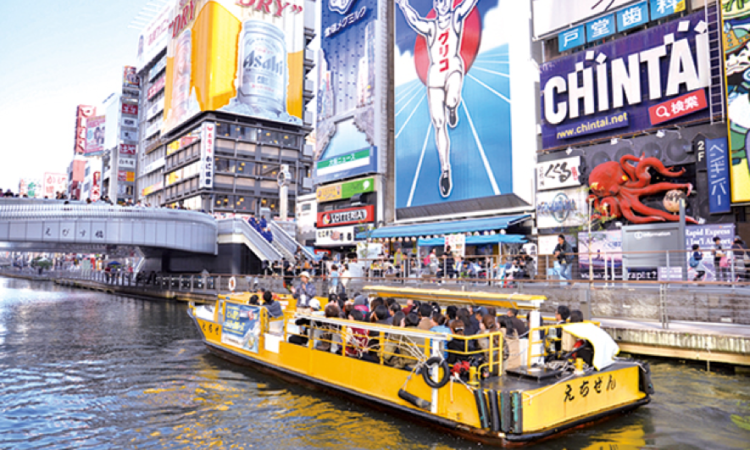Smoking in Japan has been a common social activity for many years, and the country has had a relatively high smoking rate compared to some other developed nations. However, in recent years, there have been efforts to reduce smoking rates and create a healthier environment.
Smoking Culture in Japan

Image credit: Canva
Historically, smoking has been a common part of Japanese culture, and smoking rates have been relatively high, especially among older generations. However, attitudes toward smoking are changing, and there is a growing awareness of the health risks associated with smoking. Many younger Japanese people are opting not to smoke, and smoking is generally becoming less socially acceptable. Japan’s male smoking rate fell below 30 percent for the first time in 2020, and indeed, most smokers are in their 40s, with rates of 37.6 percent for men and 13.4 percent for women.
Smoking Regulations in Japan
While Japan has implemented stricter smoking regulations in recent years, it still has more relaxed rules than others.
The legal age to buy tobacco in Japan is 20 years old. Shops might ask to verify your identity upon purchasing tobacco. In convenience stores, you would usually have to touch the panel on the screen at the cashier to confirm you are over 20 years old, but most of the time, no actual proof is required.
Since April 2020, smoking is generally prohibited in indoor public spaces such as train stations, airports, government buildings, and most indoor workplaces, including offices, schools, and hospitals. This ban includes restaurants and bars that do not have designated smoking areas (with exceptions for smaller establishments until April 2022).
Smoking is prohibited in many public places, including train stations, airports, government buildings, and most indoor public spaces. However, smoking is generally allowed in designated areas such as designated smoking rooms and outdoor smoking areas.
While smoking is generally allowed in outdoor public spaces, there are some restrictions. Many local governments have implemented regulations prohibiting smoking on certain streets, parks, and public areas, particularly where large crowds gather, or smoking could pose a fire hazard.
If compared to Europe or the US, for example, where is almost impossible to find bars and cafes that allow smoking, Japan still has an impressive amount of bars, izakaya (Japanese-style pubs), and old “kissaten” (traditional Japanese-style cafes) where smoking is allowed everywhere without any restriction.
Cigarette packages in Japan do not display graphic or explicit images of the harmful effects of smoking but are only required to carry health warnings in text form, both in Japanese and English, regarding the harmful effects of smoking.
Where Can You Smoke in Japan

Image credit: Canva
If you want to light up a cigarette, your best option is to find a “Designated Smoking Area”: Smoking is permitted in designated smoking areas, which can be found in certain restaurants, bars, izakayas (Japanese-style pubs), and larger public spaces. These areas are typically marked with signs or designated smoking booths and are intended to confine the smoke and minimize exposure to non-smokers. This helps create a more comfortable and healthier environment for non-smokers.
Designated smoking areas reflect a cultural emphasis on consideration and respect for others. Smoking in public spaces without designated areas can be seen as inconsiderate and may bother or inconvenience people who do not smoke or have sensitivities to smoking. Having dedicated areas allows smokers to enjoy their habit without disturbing others.
Regarding public transportation, some long-distance train services, such as overnight trains or specialty tourist trains, may have designated smoking areas or smoking cabins on board. These designated smoking areas are typically isolated and well-ventilated to minimize the impact on non-smoking passengers.
Transition to Smoke-Free Spaces
The presence of smoking areas can be seen as a transitional measure as Japan moves towards a smoke-free environment. While smoking areas still exist, the overall trend is shifting towards stricter regulations and restrictions on smoking in public spaces. The goal is to eventually reduce smoking rates and promote healthier habits for the population.
Is the Future Smoke-Free for Japan?
As Japan undergoes a cultural shift in attitudes towards smoking, efforts are being made to create a healthier environment by reducing smoking rates and implementing stricter regulations. While historically, smoking has been deeply rooted in Japanese culture, the younger generation is increasingly opting out of this habit. The country has introduced smoking bans in indoor public spaces, although designated smoking areas still exist. These areas, marked with signs or booths, allow smokers to indulge while respecting non-smokers. However, the ultimate goal is to transition to a smoke-free society, with Japan actively working towards reducing smoking rates and safeguarding public health.
Related articles:
- Japanese Business Dinner Etiquette: A Guide for International Residents
- Basics of Japanese Gym Etiquette
- Etiquette For Visiting A Japanese Home: Useful Terms And How To Behave
- Moenai Gomi or Moeru Gomi? 3 Easy Steps to Follow in Sorting & Throwing Out Your Trash
Japanese Business Dinner Etiquette: A Guide for International Residents
Featured image credits: Canva.com






